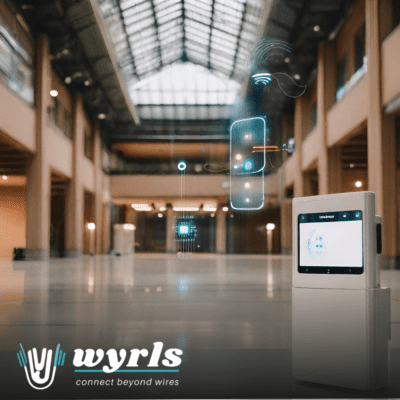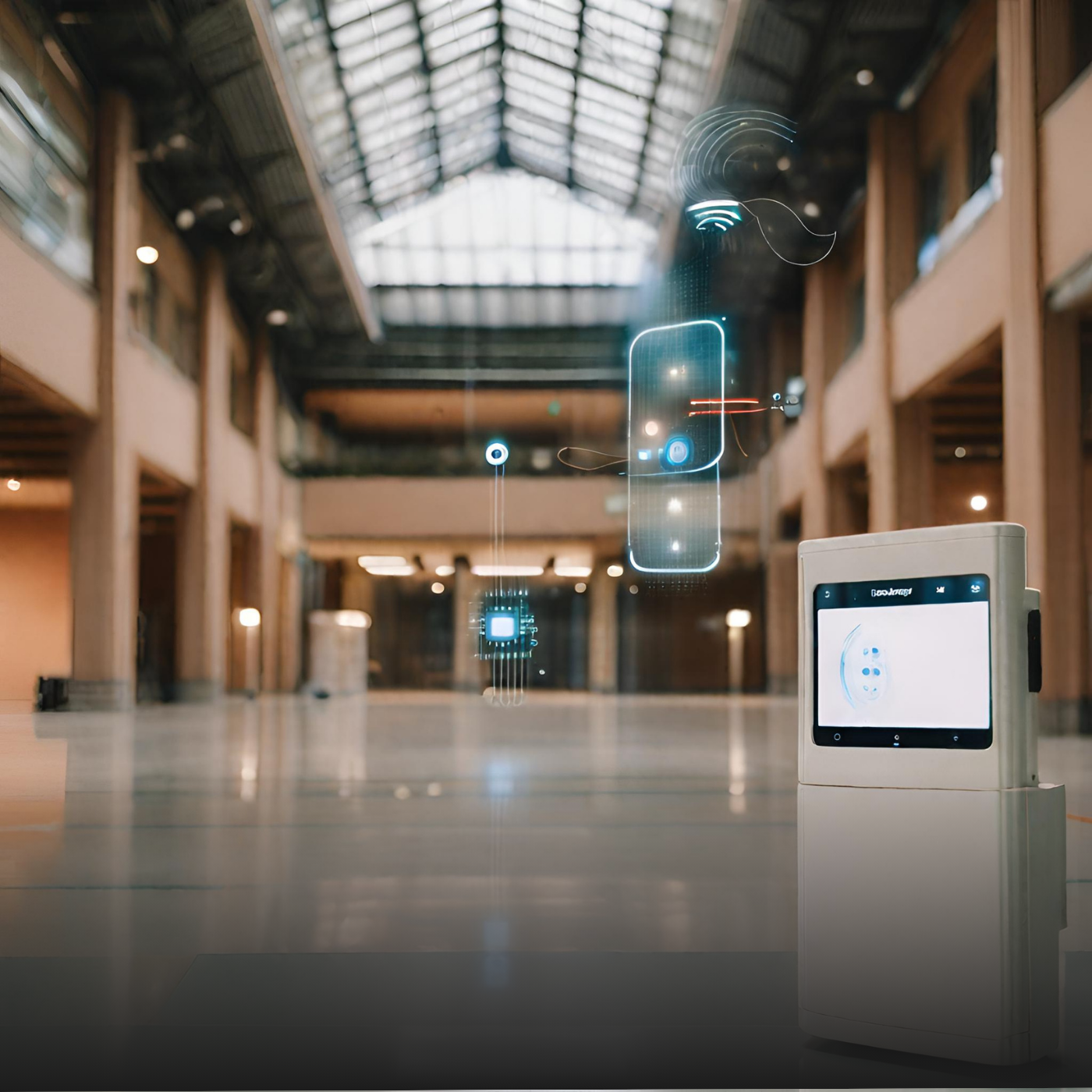 IoT has traditionally been interesting for facility management. IoT can be used to optimize energy consumption, to remotely access and optimize systems, and to get maintenance indications from afar.
IoT has traditionally been interesting for facility management. IoT can be used to optimize energy consumption, to remotely access and optimize systems, and to get maintenance indications from afar.
If you look at IoT in buildings, Proptech, from a business perspective, there are a lot of things you can do. There are a lot of things we can use simple sensors with IoT to actually gain big savings for both the wallet and the environment.
You can measure occupancy and use data from the occupancy measurements to control lights and just turn them off whenever no one is in the location. You can control ventilation because if there’s only ten people in a room, you don’t have to use the ventilation for 200 people.
If we empty the waste bins whenever they need to be emptied and not when we think they need to be emptied, we can save up to 40% to 50% costs by just going there when they need, not when we need to go there.
And then, air quality. In some occasions we tend to have too much ventilation, in other times, too little ventilation. In the UK, for example, it’s mandatory to measure CO2 levels at workspaces. And I’m quite sure that a lot of workplaces will focus on air quality in the near future. This is an effect that we have seen after COVID because pure air is becoming as important as pure water.
IoT in Massive Scale for proptech
Some people say that by 2030 we will interact with up to 3000 sensors per day per person. For that purpose, we need reliable, secure, and scalable networks. This is the sweet spot for 5G IoT. One important component of 5G is the vision of massive Internet of Things with millions of sensors deployed per square kilometer. But there are different other technologies we can use in properties. We can use 5G, LoRaWAN, we can use Bluetooth, WiFi, and others.
In some cases, we use LoRaWAN with an operator, and in some cases, you build your own networks. The sweet spot with 5G is that it uses a licensed spectrum. So spectrum is dedicated to the operators. With 5G, we rely on an operator; we do not have to build the networks ourselves.
The other technologies are using free frequencies, meaning that you have to compete with other users as well. So when you decide what technology to choose, there are a lot of different aspects.
Total Cost of Ownership
Let’s assume you build your own network using any of these technologies. It uses free spectrum. What is your total cost of ownership? What does it cost to maintain the network, to have support whenever it’s needed to predict indoor coverage?
All these questions are something you have to consider yourself if you’re not relying on an operator. So with an operator, you pay a premium, you pay a fixed cost per SIM card per month. But the rest is sort of up to them. And they had practiced for almost 30 years from GSM, 3G, 4G, 5G to make it happen.
The Battery Battle
There are other things to consider as well in any IoT setup. Battery life, for example. Exchanging batteries is very costly. So if an IoT device is cheap, changing batteries is costly.
Coverage is a factor that will affect your battery life. Good indoor coverage or bad indoor coverage? If you have bad indoor coverage, you may have five years of battery life. Good indoor coverage, 20.
Indoor coverage is very important, and that’s why we need to get 5G inside the buildings as well; the stronger the signal, the lower the consumption.
Availability is one other important thing, LoRaWAN, for example, can only use 1% of the time to transmit and talk to the system. It has to be quiet 99% of the time. That means that if you’re in a situation where you have an alarm situation, you still have to be quiet 99% of the time. And that’s a bonus with the 5G networks, that you can use it as much as you want, whenever you want.
After all, you can either build the networks yourself, using any of the free technologies, or you use a partner that can provide indoor coverage to give you support when you need and also help you with what kind of technology to choose.
5G is a flexible standard; it can replace WiFi both for sensors and also for mobile broadband if you want fast internet connection. Future offices may not even have a WiFi. 5G can work as a standalone standard because it fulfills many different needs.
IoT in Buildings, for Whom?
I’m sure that some of you work for organizations that have the scope of saving the environment. And somewhere in your business plan, you may even consider that you want to improve health among coworkers, among citizens, among tenants and perhaps you want to save costs as well. Luckily, IoT can help you with those three things. Start looking at IoT from a business perspective and not a technical perspective.
To make it happen we need to deploy 30 trillion devices, right? Or maybe 50 gazillion devices? Well, I don’t really see that IoT is a numbers game. We don’t need to fill the world with IoT devices. I would like to challenge you to help me to break the world record. Not in the number of devices we put out on the market, but rather the meaningful applications we put out there. So the number of meaningful IoT devices, they can make a change for a lot of things, for humanity. So let’s help each other to break the world record.
This post is an excerpt from my Key Note at the Proptech event at Ericsson Headquarters in Kista in 2023 arrranged by Proptivity.

